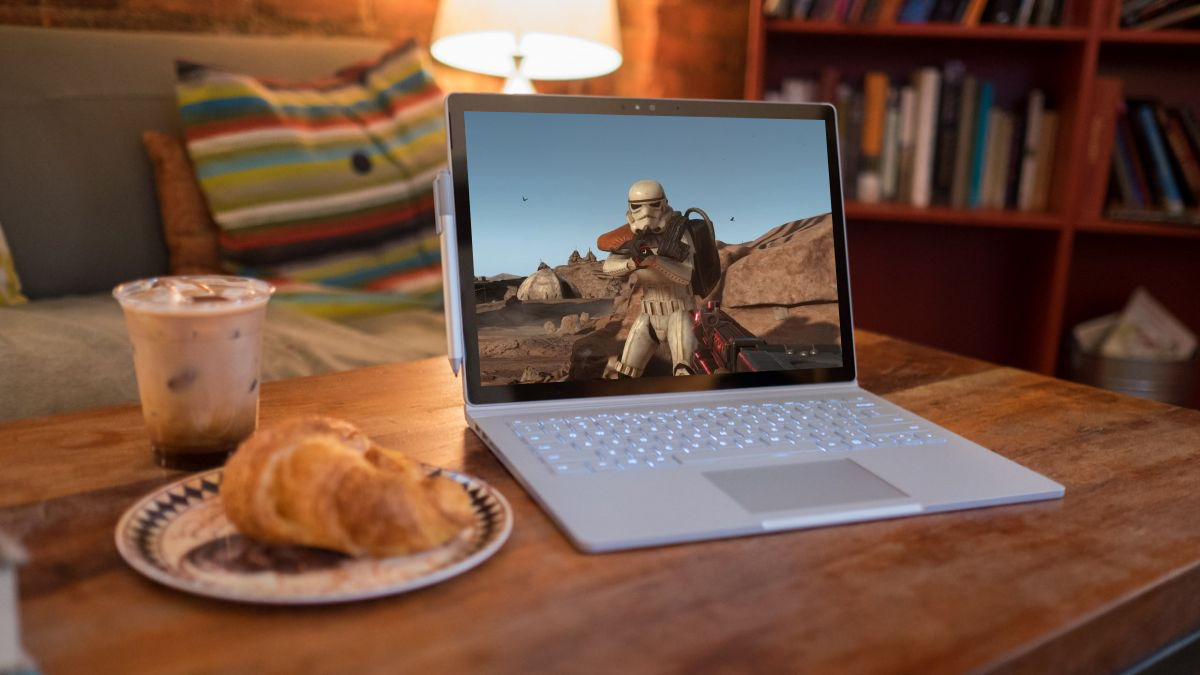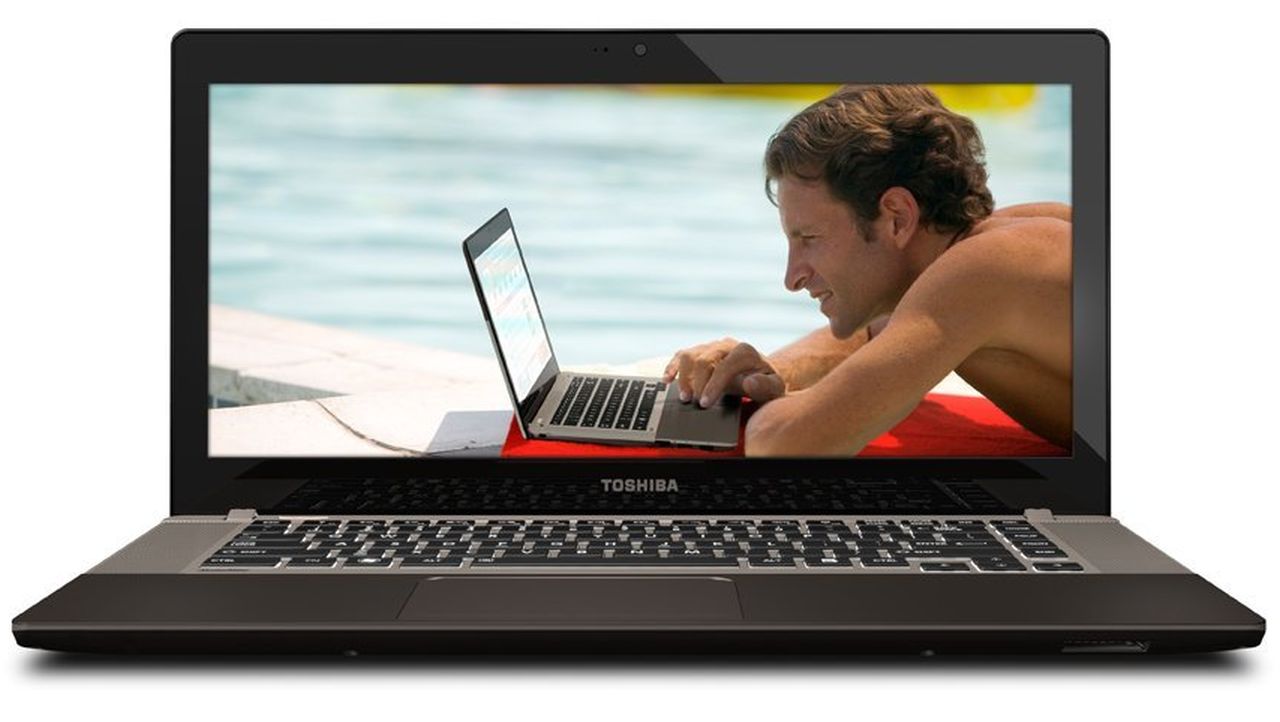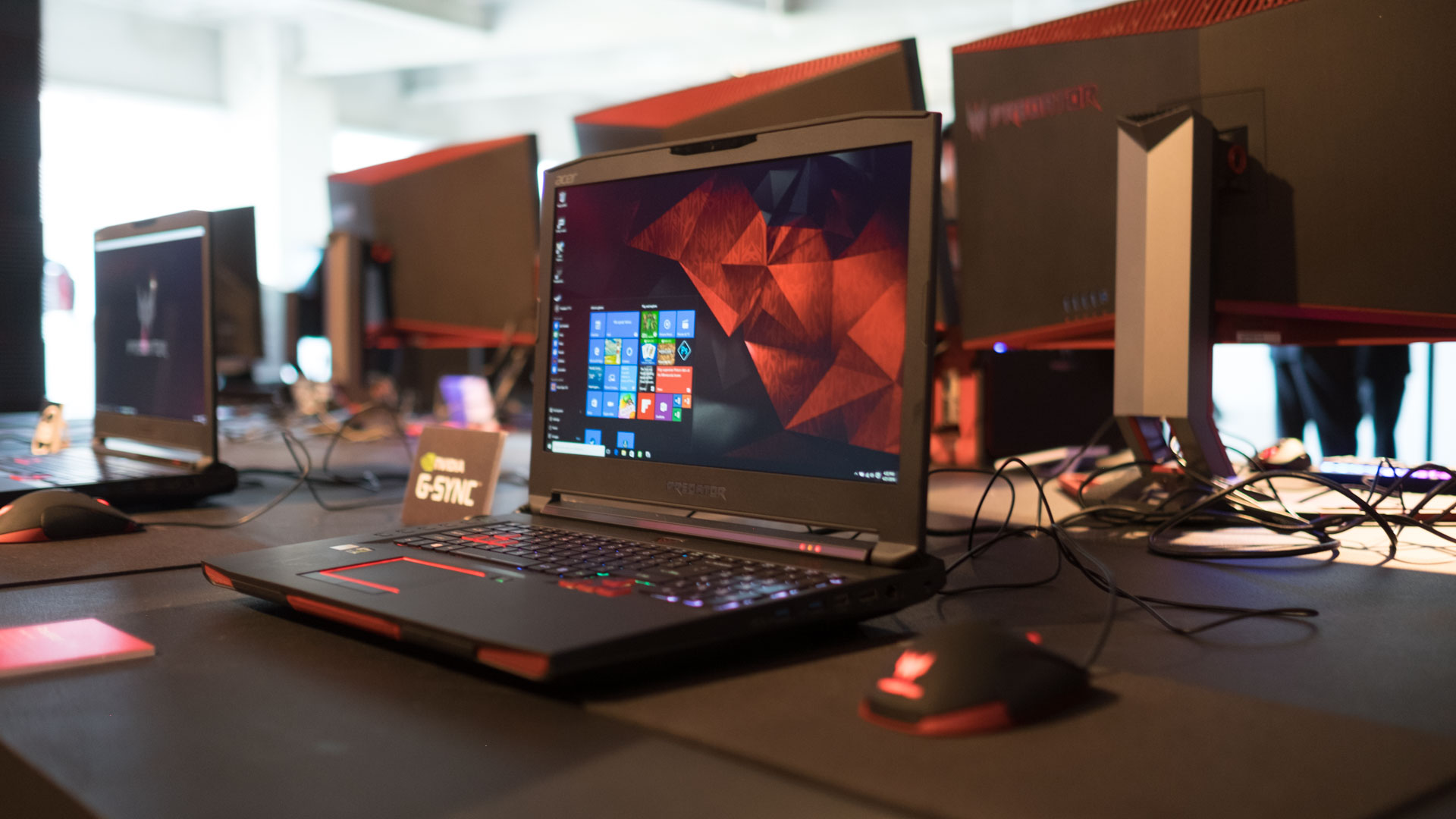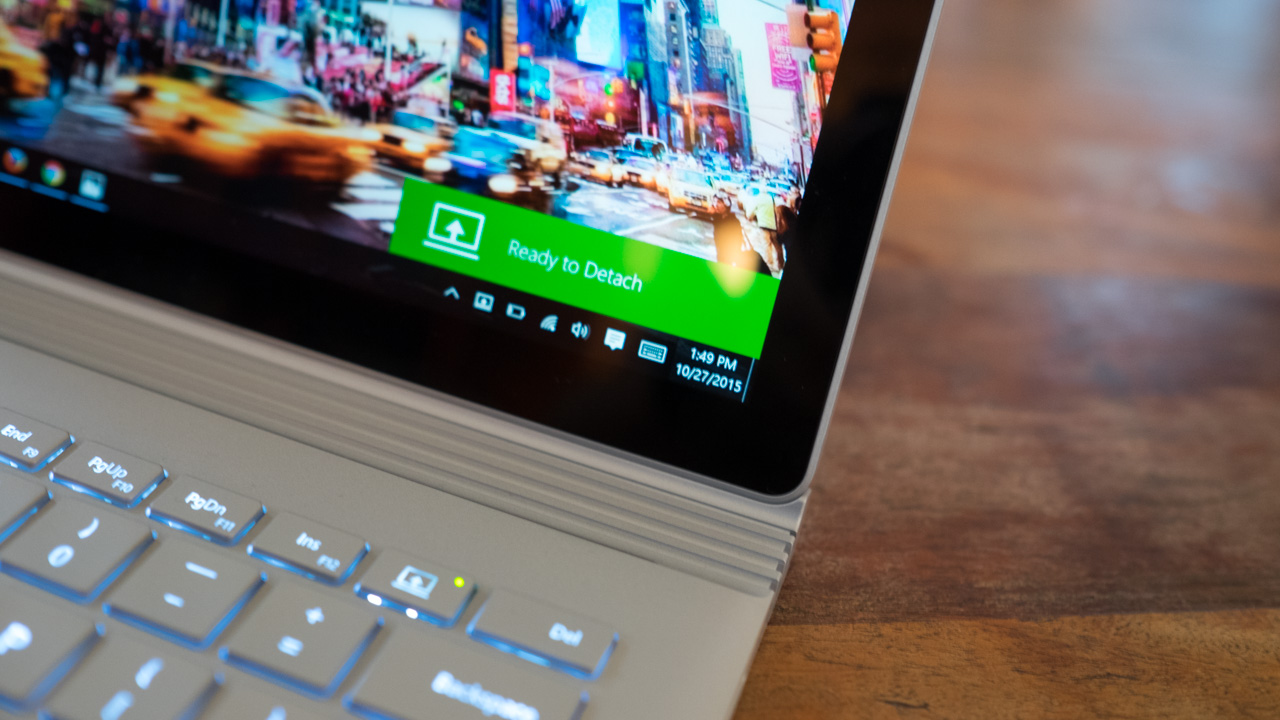Surface is winning, but Microsoft still needs to up its game
Aim, fire, reload, detach

There can be no doubt left that Microsoft has rid itself of Surface tension - for now.
Helped along by Surface Pro 4 and Surface Book, sales of its transforming 2-in-1 rose 61% over the last 12 months according to the company's latest financial report.
It's a far cry from 2013, the year that the then-Ballmer-led company saw close to $900 million evaporate into thin air thanks to the failure that was Surface RT.
The figure is only going to encourage Microsoft to kick on with the product line, and I think it's only a matter of time before we see something more adventurous emerge from the depths of its Redmond R&D lab.
Simply put, I want one that will let me get my game on.
I crave one with real horsepower under the hood; powerful dedicated graphics; frame-crunching, pixel-shifting beef that would make me splash my hard-earned on a Windows-powered 2-in-1.
Or how about a 21:9 display? Actually, thinking back to the Toshiba Satellite U845W, maybe not.
Get daily insight, inspiration and deals in your inbox
Sign up for breaking news, reviews, opinion, top tech deals, and more.

Acer of spades
The Surface Book houses a customized Nvidia GTX 940M mobile GPU in the keyboard base. It isn't great for gaming and was likely chosen due to thermal constraints and battery life concerns.
The thing is, we've seen Microsoft's partners launch gaming slimmer gaming devices with more powerful GPUs, and they've not disappointed in the juice department.
Dell managed to squeeze a GTX 960M into its svelte XPS 15, and Razer's latest Blade laptop is powered by a meatier GTX 970M.
Acer, meanwhile, hasn't merely gone to town with its Predator 17X that was recently shown off to the world; it's gone to town and bragged about its full-fat GTX 980 and enhanced cooling system to everybody who will listen.
It's chunky by regular gaming laptop standards, but an improvement on first-generation 980-powered machines such as the PC Specialist Octane II.

Make no bones about it: power and thinness are no longer mutually exclusive traits in gaming laptops, and Microsoft has the perfect opportunity to feature such qualities in a 2-in-1 for the first time.
There's no shortage of Surface Pro 4 copycats, and in the case of devices such as the Lenovo IdeaPad Mix 700 and HP Spectre x2 there are some very good ones.
It's only a matter of time before Microsoft's partners go gunning for the Surface Book - and they may even beat it to a convertible gaming monster.
A real all-in-one
If a gaming Surface Book or similar device did emerge, it would actually live up to its reputation as a single device that can do it all.
Imagine being able to play Fallout 4 on the train for an hour before detaching the display to catch up on an episode of The Walking Dead, followed by a period of typing up a document on its productivity-friendly 3:2 display.
For a laptop that costs what the Surface Book does at the top-end - that's £2,249 ($3,224) if you need reminding - in my opinion it should be able to do pretty much everything.

Alright, VR is clearly going to be a stretch too far in the near future - and it's possible that the base would become a little thicker. There's still a need to be realistic.
Battery life too would likely take a hit, depending on the mobile GPU inside. But that's a choice gamers would have to make - and it's not like the non-gaming Surface would disappear overnight.
With sales on the up, Microsoft is in a great position to take Surface into different directions. The Surface Book is a successful attempt at doing something different, and it's yet to be truly emulated.
If its maker wants to keep its nose in front, gaming is surely the next frontier.
